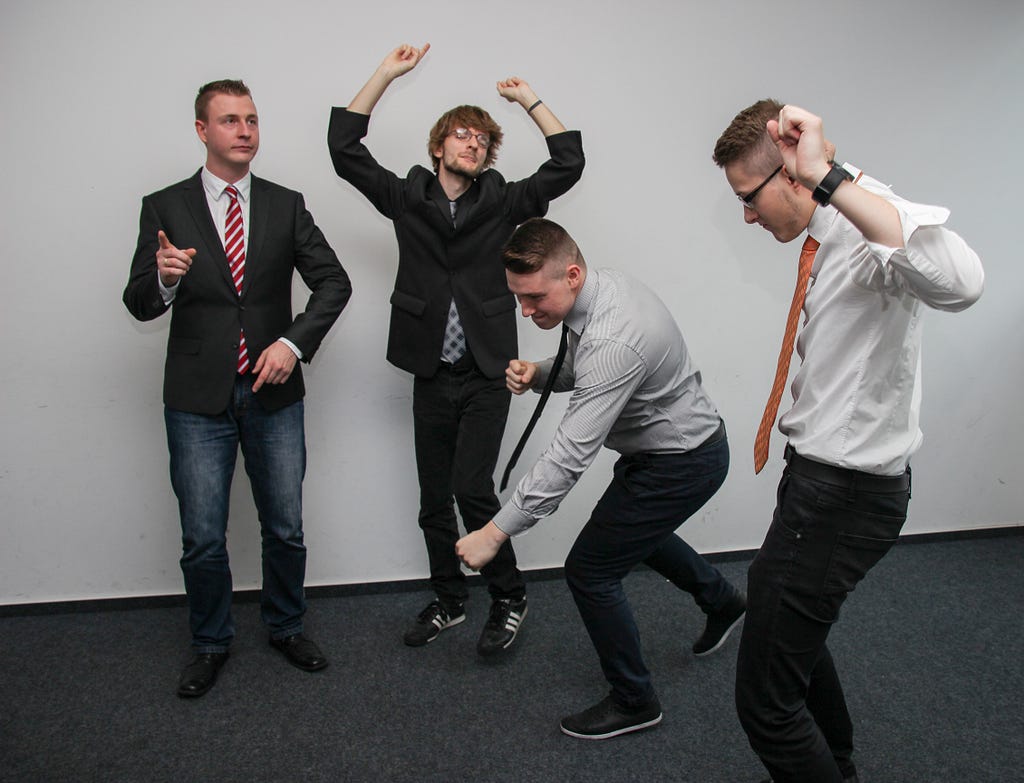Key Considerations for a Gaming Startup Founder
Assume you’re beginning a mobile game company and have a fantastic idea for your first game. To start developing the game, you must first acquire funds and schedule meetings with potential investors. You have faith in your team and your idea, so you anticipate favorable outcomes.

However, the outcome was terrible, and they were not persuaded to invest in your business. They emphasized that the concept and staff are highly creative, but before investors invest in your firm, you need to provide a little more of these; investors want to see substantial growth.
So, how can you make the necessary initial impression to attract investors concretely?
Let us explain it to you right now.
1. Progress in Team Building
If you are missing critical people on your teams, such as a product specialist or COO, you can demonstrate progress by bringing new talent to the founding team or early adopters.
Many experienced people will have, for example, a mortgage on the apartments they have purchased, support for children and families, or other financial obligations, and they cannot receive a 50% reduction in wages. In these cases, you need to find new solutions, and you have to use your imagination. Maybe they’re part-time at first, or they’re waiting for you to pick up the seed round, so they only need a 25% pay cut.
By showing that you have experienced people ready to join, you can show investors that you are making progress as a team.
2. Prototype created and playtest started
The sooner you can install the prototype, the more ready you are to raise the seed round. When you playtest your prototype, it starts collecting data about what works and what doesn’t.

All this data is proof that you are moving in the right direction and that you are making progress. After testing the prototype of the game, report its pros and cons.
Think like a customer; it will increase your creativity in the game.
3. Determine how you’ll measure traction
When you’re getting ready to launch a game, you’ll want to define your analytics. Our first suggestion is that you take the lead in determining your game startup’s traction KPIs.
#Retention is the most important metric to look for in free-to-play games. How many players will return to your game on Keep Day1, the day after they test it for the first time? Then you move on to Day 3, Day 7, and so on.
Then, after examining how long the players left the game, when they deleted it, or how many days they returned, you can come up with solid recommendations for upgrading it. To find the answer to all these questions, you need to deep dive into the data. To do this, you can use analytics platforms.
Then there’s monetization, which is determined by the cost of acquiring a user in the game. These expenses are critical because you want to recoup your marketing costs through player monetization for a set length of time. The criteria must then be defined.
As a free-to-play mobile playground, you want to make sure that day one retention is over 40% and that your ad spend is at least recouped.
The task begins when the measurements and benchmarks have been established. Every step you take to obtain these figures demonstrates that you are making progress.
4. Retention and chunks
You have released the game and watch other companies and see what they are doing to have an idea about how to make their game better. However, even if their retention metrics are bad, they ignore that and want to attract new players. This is an ALERT!!
After all, the most important thing is that those who downloaded the game keep playing and do not delete the game. Constantly finding replacements for customers who have left the game is a helpless and useless cycle. Please don't do this.
The first goal should be to get them to stay in the game longer. If you don't know how to do it, you can watch the video How to Increase Retention or directly contact us to get help.

So try to keep players in the game first, and then focus on your monetization progress.
5. Solving the problem in crises
First, we need to understand that tutorial optimizations cannot improve a game with abysmal retention metrics, such as less than 20% on the first day. Developers who analyze the situation, make decisions, and drastically change their game achieve more professional and targeted results.
If the numbers do not improve, there’s also the possibility that the game is entirely wrong for the market or platform. There are even cases where company founders do not know they need to steer the company into a new business until it’s too late.
If you pay attention to the metrics, your game will eventually turn into profit. Here is the proof that what others do also you can do.
6. Draw a roadmap for the next steps
Often founders do not have enough expertise to know what will happen next. Their numbers may be good, but they are not sure what to do next. What needs to be done is quickly develop updates to the game to improve customer engagement and then tackle monetization. But even if an investor says no, you can keep him in the loop.
The most important thing he wants to hear is that you have made progress. It would be best if you had a slide outlining the critical progress you have made.

You can also create an appendix document that highlights the progress you have made so far. In addition, the founder should create a plan. It should show what the gain will be at each point in the phases. Repeat this process until you get a yes answer from the investors.
The exact process should continue after funding is secured. It would help prepare to make further progress for current investors and investors in future funding rounds.
Last but not least, keep your eyes on the metrics and data. Don’t miss what your players are doing what does your game need. Keep watching, keep track, if you don’t know to do it, ask for help
Pause, rest but never give up…



